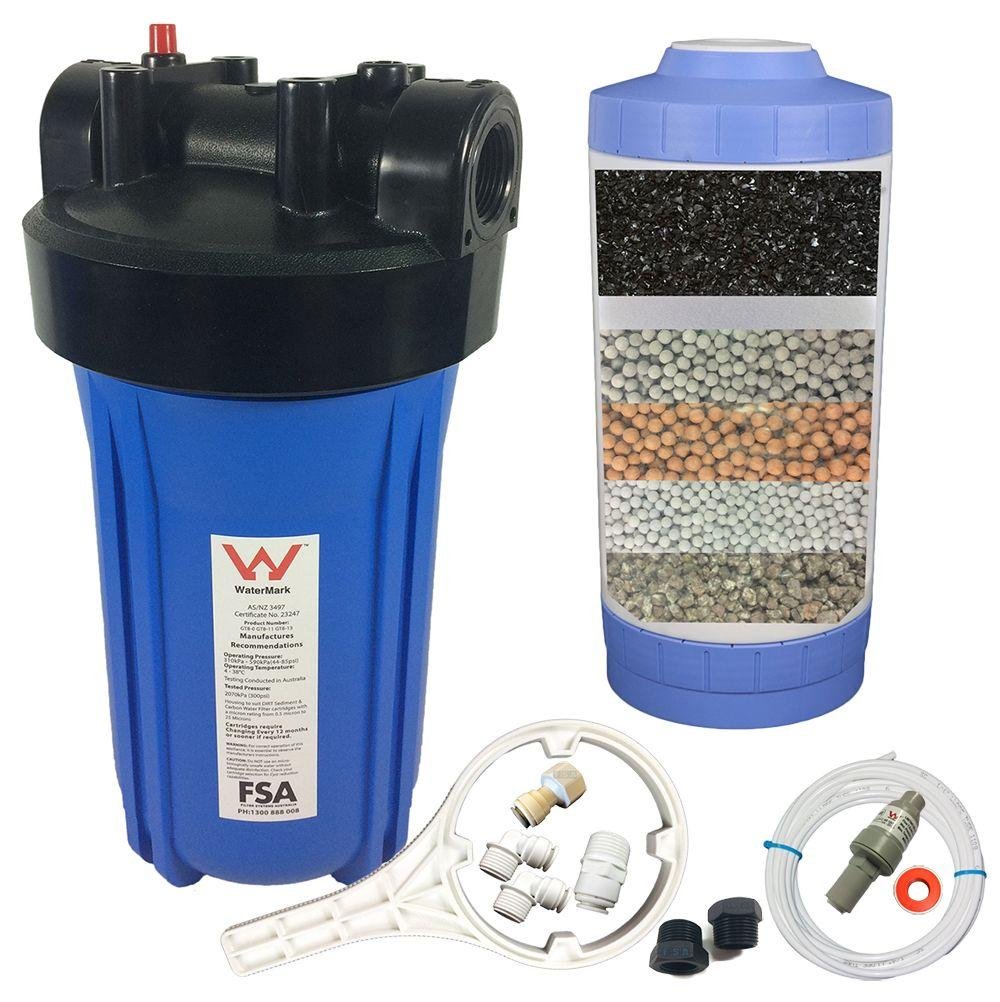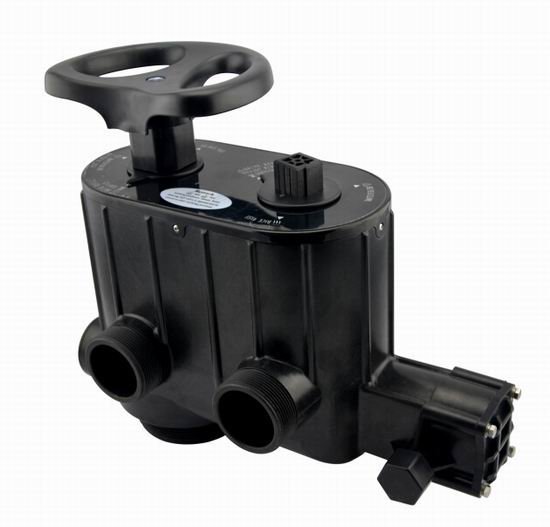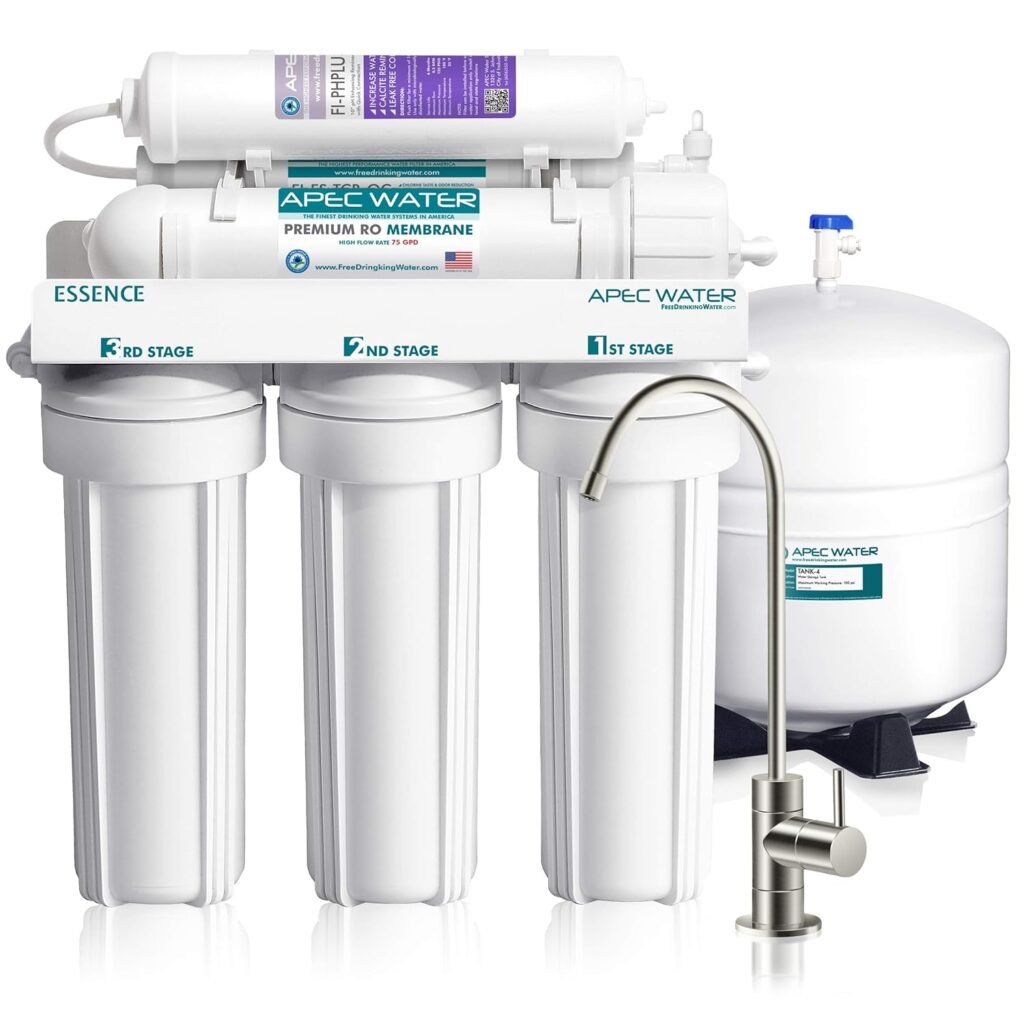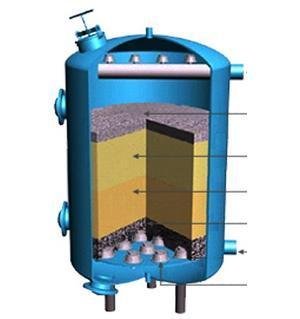Pressure Sand Filters
Pressure sand filters are a crucial component of water treatment systems, widely used in various industries and municipalities for purifying water.

1. What is a Pressure Sand Filter?
A pressure sand filter is a type of water filtration system designed to remove suspended solids and impurities from water using sand as the filter medium. It operates under pressure, forcing water through a bed of sand to trap particles and contaminants.
2. Working Principle:
The working principle of a pressure sand filter involves several stages:
- Filtration: Water is pumped into the filter under pressure, passing through the sand bed.
- Straining: As water percolates through the sand bed, suspended solids and impurities are trapped.
- Cleaning: Periodically, the filter undergoes a backwashing process to flush out trapped particles and renew the sand bed.

3. Components of Pressure Sand Filters:
The working principle of a pressure sand filter involves several stages:
- Filter Tank: A sturdy tank housing the sand bed and supporting infrastructure.
- Filter Media: Typically, graded silica sand acts as the primary filtration medium.
- Distribution System: Ensures uniform distribution of water across the sand bed.
- Control Valve: Regulates the flow of water and initiates backwashing cycles.
- Pump: Facilitates the flow of water during service or cleaning.




4. Applications of Pressure Sand Filters:
Pressure sand filters find extensive use in various sectors, including:
- Municipal Water Treatment: Purification of drinking water supplies.
- Industrial Processes: Removal of suspended solids from process water in manufacturing plants.
- Swimming Pools: Filtering pool water to maintain clarity and hygiene.
- Agriculture: Irrigation water filtration to prevent clogging of irrigation systems.


5. Advantages of Pressure Sand Filters:
- Effective Filtration: Capable of removing a wide range of suspended solids and impurities.
- Scalability: Suitable for both small-scale and large-scale applications.
- Low Maintenance: Requires minimal maintenance and operates efficiently for extended
periods. - Cost-Effectiveness: Provides a cost-effective solution for water treatment compared to other methods.
6. Maintenance and Troubleshooting:
Regular maintenance is essential to ensure optimal performance of pressure sand filters:
- Backwashing: Schedule periodic backwashing to remove accumulated debris and renew the sand bed.
- Sand Replacement: Over time, the sand bed may become exhausted and require replacement.
- Monitoring Pressure: Keep an eye on the filter pressure gauge to detect any abnormalities indicating clogging or malfunction.

Environmental Considerations:
Pressure sand filters contribute to environmental sustainability by:
Reducing Pollution:
Removing suspended solids and impurities from water before
discharge.
Conserving Resources:
Facilitating the reuse of treated water in various applications,
conserving freshwater resources.
Conclusion
Pressure sand filters play a vital role in water treatment, offering effective filtration solutions for diverse applications. Understanding their working principles, components, and maintenance requirements is essential for ensuring reliable performance and water quality improvement. With proper management and maintenance, pressure sand filters contribute to environmental sustainability and the provision of clean, safe water for various purposes.
By implementing pressure sand filters, industries, municipalities, and other stakeholders can achieve their water treatment goals efficiently and responsibly, contributing to a healthier environment and sustainable water management practices.
